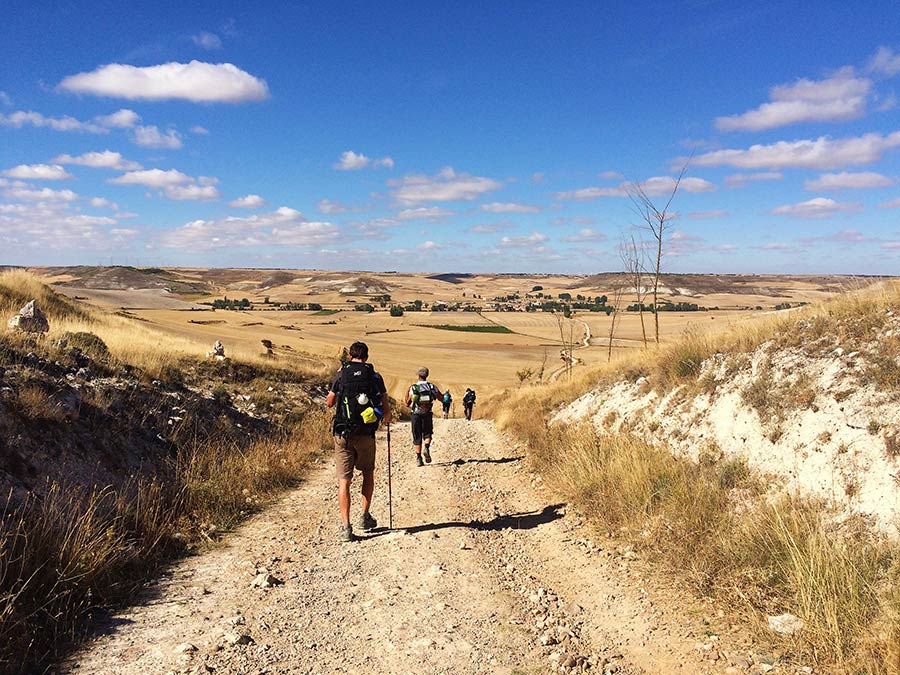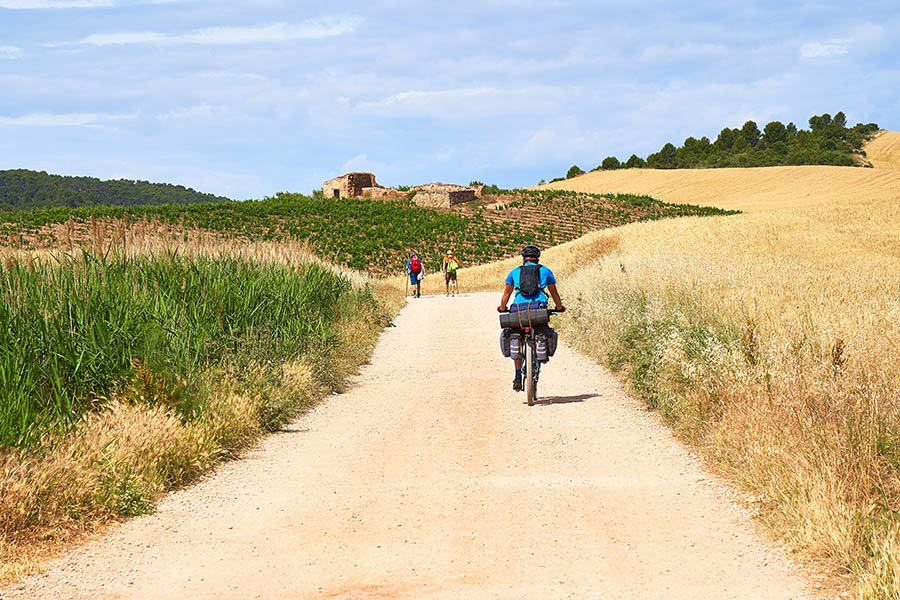Deposit for Camino de Santiago
Deposit for Camino de Santiago
€500.00
- Trip: Camino de Santiago
- Route: St Jean de Port to Estella / Sarria to Santiago
- Date: All year
- Duration: 7 Days Land Only
- Grade: Walk – Moderate
- Total cost guided: €1500
Please call contact us about the trip if you would like further details
We can also organise self-guided, please contact us about this.
A deposit of €500 is required for booking flights (non-refundable).
Final payment due 16 weeks before departure.
The Camino de Santiago, or Way of St James is one of the most famous pilgrimages walks in the world. Its history is steeped in a tradition of over 1,000 years when pilgrims came to visit the final resting place of the Apostle who, legend has it, was buried initially in the year 44AD after his martyrdom by Herod, and whose final resting place was rediscovered early in the 9th century.
To complete the whole journey from beginning to end could see us cover a distance of up to 800km and more, depending on where you start. However, our challenge will be much more modest as we begin our 6 days walk from either the town of Sarria or St Jean de Port.












